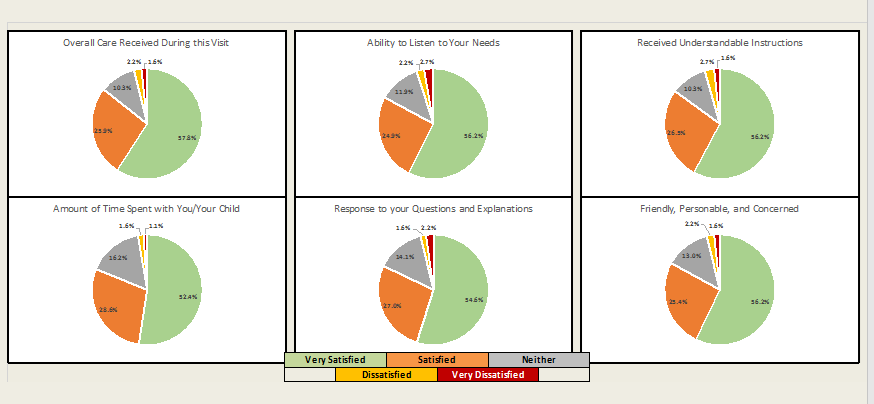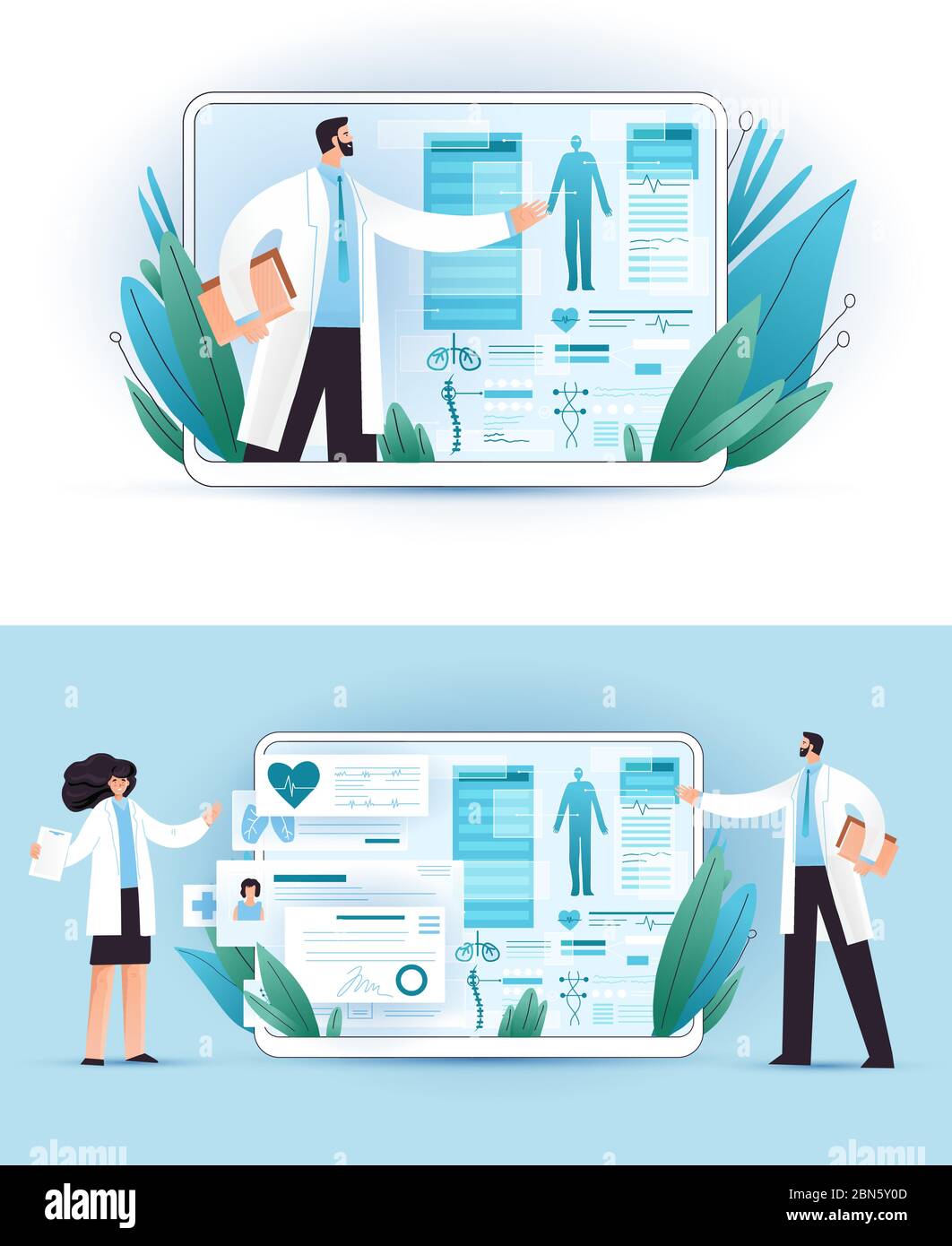Results Healthcare
Vivek has spent over 10 years in healthcare investment banking and corporate advisory in London focused primarily on the European healthcare lifesciences and biopharmaceutical sectors. He also has experience executing cross-border transactions in emerging markets having worked with companies in India and Israel. He has also in the past helped companies get listed on stock exchanges across Europe and on Nasdaq.
- List Of Health Care Professionals
- Pqa Behavioral Health
- Results Healthcare Cro
- Philips Healthcare Results
- Proven Results Healthcare Consulting
Our markets are dynamic and constantly evolving, we thrive on keeping ahead of market developments, tracking industry trends, M&A activity and fundraising. We're working closely with the CDC and other federal partners to provide COVID-19 vaccines to Veterans and VA health care personnel. Stay informed and help us prepare. Get the latest updates on COVID-19 vaccines at VA.
He has worked with early stage companies. private equity and corporate clients on a variety of transactions and projects involving M&A, debt, equity, and fundraising. He has previously worked with Jefferies, RBC and most recently with Deloitte. Recently, he also led fund raising for a venture capital firm to invest in healthcare real estate assets across the UK.
Vivek has a Bachelor in Laws from University of Mumbai and a MSc in Finance from Lancaster University.
An avid reader and a history buff, Vivek has a personal library of over 600 books. He is a keen archer and follows multiple sports closely. He was also a member of his university’s sky diving team.
Access to Health Services

Goal
Improve access to comprehensive, quality health care services.
Overview
Access to comprehensive, quality health care services is important for promoting and maintaining health, preventing and managing disease, reducing unnecessary disability and premature death, and achieving health equity for all Americans. This topic area focuses on 3 components of access to care: insurance coverage, health services, and timeliness of care. When considering access to health care, it is important to also include oral health care and obtaining necessary prescription drugs.
Why Is Access to Health Services Important?

Access to health services means 'the timely use of personal health services to achieve the best health outcomes.'1 It requires 3 distinct steps:
- Gaining entry into the health care system (usually through insurance coverage)
- Accessing a location where needed health care services are provided (geographic availability)
- Finding a health care provider whom the patient trusts and can communicate with (personal relationship)2
Access to health care impacts one's overall physical, social, and mental health status and quality of life.
Barriers to health services include:
- High cost of care
- Inadequate or no insurance coverage
- Lack of availability of services
- Lack of culturally competent care
These barriers to accessing health services lead to:
- Unmet health needs
- Delays in receiving appropriate care
- Inability to get preventive services
- Financial burdens
- Preventable hospitalizations
Access to care often varies based on race, ethnicity, socioeconomic status, age, sex, disability status, sexual orientation, gender identity, and residential location.3
Understanding Access to Health Services
The Access to Health Services topic area encompasses 3 components: coverage, services, and timeliness.
Coverage
Health insurance coverage helps patients gain entry into the health care system. Lack of adequate coverage makes it difficult for people to get the health care they need and, when they do get care, burdens them with large medical bills. Uninsured people are:
- More likely to have poor health status
- Less likely to receive medical care
- More likely to be diagnosed later
- More likely to die prematurely4, 5, 6
Services
Improving access to health care services depends in part on ensuring that people have a usual and ongoing source of care (that is, a provider or facility where one regularly receives care). People with a usual source of care have better health outcomes, fewer disparities, and lower costs.7, 8, 9, 10
Having a primary care provider (PCP) who serves as the usual source of care is especially important. PCPs can develop meaningful and sustained relationships with patients and provide integrated services while practicing in the context of family and community.11 Having a usual PCP is associated with:
- Greater patient trust in the provider
- Better patient-provider communication
- Increased likelihood that patients will receive appropriate care12,13
- Lower mortality from all causes14
Improving health care services includes increasing access to and use of evidence-based preventive services.15,16 Clinical preventive services are services that:
- Prevent illness by promoting healthy behaviors in people without risk factors (e.g., diet and exercise counseling)
- Prevent illness by providing protection to those at risk (e.g., childhood vaccinations)
- Identify and treat people with no symptoms, but who have risk factors, before the clinical illness develops (e.g., screening for hypertension or colorectal cancer)
In addition to primary care and preventive services, emergency medical services (EMS) are a crucial link in the chain of care. EMS include basic and advanced life support.17 Notable progress has been made in recent years to ensure that everyone has access to rapidly responding EMS; it is an important effort in improving the health of the population.18
Timeliness
Timeliness is the health care system's ability to provide health care quickly after a need is recognized. Measures of timeliness include:
- Availability of appointments and care for illness or injury when it is needed
- Time spent waiting in doctors' offices and emergency departments (EDs)
The delay in time between identifying a need for a specific test or treatment and actually receiving those services can negatively impact health and costs of care. For example, delays in getting care can lead to:
- Increased emotional distress
- Increased complications
- Higher treatment costs
- Increased hospitalizations19
Actual and perceived difficulties or delays in getting care when patients are ill or injured likely reflect significant barriers to care.20 Prolonged ED wait time:
- Decreases patient satisfaction
- Increases the number of patients who leave before being seen
- Is associated with clinically significant delays in care21
Causes for increased ED wait times include an increase in the number of patients going to EDs, with much of the increase due to visits by less acutely ill patients. At the same time, the total number of EDs in the United States has decreased.22
Emerging Issues in Access to Health Services
List Of Health Care Professionals
Over the first half of this decade, as a result of the Patient Protection and Affordable Care Act of 2010, 20 million adults have gained health insurance coverage.23 Yet even as the number of uninsured has been significantly reduced, millions of Americans still lack coverage. In addition, data from the Healthy People Midcourse Review demonstrate that there are significant disparities in access to care by sex, age, race, ethnicity, education, and family income. These disparities exist with all levels of access to care, including health and dental insurance, having an ongoing source of care, and access to primary care. Disparities also exist by geography, as millions of Americans living in rural areas lack access to primary care services due to workforce shortages. Future efforts will need to focus on the deployment of a primary care workforce that is better geographically distributed and trained to provide culturally competent care to diverse populations.
Specific issues that should be monitored over the next decade include:
- Increasing and measuring insurance coverage and access to the entire care continuum (from clinical preventive services to oral health care to long-term and palliative care)
- Addressing disparities that affect access to health care (e.g., race, ethnicity, socioeconomic status, age, sex, disability status, sexual orientation, gender identity, and residential location)
- Assessing the capacity of the health care system to provide services for newly insured individuals
- Determining changes in health care workforce needs as new models for the delivery of primary care become more prevalent, such as the patient-centered medical home and team-based care
- Monitoring the increasing use of telehealth as an emerging method of delivering health care
References
1Institute of Medicine, Committee on Monitoring Access to Personal Health Care Services. Access to Health Care in America. Millman M, editor. Washington, DC: National Academies Press; 1993.
2National Healthcare Quality Report, 2013 [Internet]. Chapter 10: Access to Healthcare. Rockville (MD): Agency for Healthcare Research and Quality; May 2014. Available from: http://www.ahrq.gov/research/findings/nhqrdr/nhqdr15/access.html
3Access and Disparities in Access to Health Care [Internet]. Rockville (MD): Agency for Healthcare Research and Quality; May 2016. Available from: http://www.ahrq.gov/research/findings/nhqrdr/nhqdr15/access.html
4Hadley J. Insurance coverage, medical care use, and short-term health changes following an unintentional injury or the onset of a chronic condition. JAMA. 2007;297(10):1073-84.
5Institute of Medicine. Insuring America's health: Principles and recommendations. Acad Emerg Med. 2004;11(4):418-22.
6Durham J, Owen P, Bender B, et al. Self-assessed health status and selected behavioral risk factors among persons with and without healthcare coverage—United States, 1994-1995. MMWR. 1998 Mar 13;47(9):176-80.
7Starfield B, Shi L. The medical home, access to care, and insurance. Pediatrics. 2004;113(Suppl 5):1493-8.
8De Maeseneer JM, De Prins L, Gosset C, et al. Provider continuity in family medicine: Does it make a difference for total health care costs? Ann Fam Med. 2003;1:144-8.
9Phillips R, Proser M, Green L, et al. The importance of having health insurance and a usual source of care. Am Fam Physician. 2004 Sep 15;70(6):1035.
10 Ettner SL. The timing of preventive services for women and children; the effect of having a usual source of care. Am J Pub Health. 1996;86(12):1748-54
11Institute of Medicine. Primary care: America's health in a new era. Donaldson MS, Yordy KD, Lohr KN, editors. Washington, DC: National Academies Press; 1996.
12Mainous AG 3rd, Baker R, Love MM, et al. Continuity of care and trust in one's physician: Evidence from primary care in the United States and the United Kingdom. Fam Med. 2001 Jan;33(1):22-7.
13Starfield B. Primary care: Balancing health needs, services and technology. New York: Oxford University Press; 1998.
14Starfield B, Shi L, Machinko J. Contribution of primary care to health systems and health. The Milbank Quarterly. 2005;83(3):457-502
Pqa Behavioral Health
15National Commission on Prevention Priorities. Preventive care: A national profile on use, disparities, and health benefits. Washington, DC: Partnership for Prevention; 2007 Aug.
16National Commission on Prevention Priorities. Data needed to assess use of high-value preventive care: A brief report from the National Commission on Prevention Priorities. Washington, DC: Partnership for Prevention; 2007 Aug.
17Massachusetts General Hospital (MGH), Department of Emergency Medicine [Internet]. Prehospital care: Emergency medical service. Boston: MGH. [2010]. Available from: http://www.mgh.harvard.edu/emergencymedicine/services/treatmentprograms.aspx?id=1433
Results Healthcare Cro
18Institute of Medicine (IOM). Future of emergency care series: Emergency medical services: At the crossroads. Washington, DC: IOM; 2006.
19National Healthcare Quality Report, 2013 [Internet]. Chapter 5: Timeliness. Rockville (MD): Agency for Healthcare Research and Quality; May 2014. Available from: http://www.ahrq.gov/research/findings/nhqrdr/nhqr13/chap5.html
20National Healthcare Quality and DIsparities Report 2014 [Internet]. Key Findings. Rockville (MD): Agency for Healthcare Research and Quality; April 2015. Available from:
Philips Healthcare Results
21Hsai RY, Tabas JA. The increasing weight of increasing waits. Arch Intern Med. 2009 Nov 9;169(20):1826-1932.
22Avalere Health for the American Hospital Association. Trendwatch Chartbook 2015: Trends Affecting Hospitals and Health Systems. Washington, DC: American Heart Association; 2015.
Proven Results Healthcare Consulting
23Uberoi N, Finegold K, Gee E. ASPE Issue Brief: Health Insurance Coverage and the Affordable Care Act, 2010-2016 [Internet]. Washington, DC: Department of Health and Human Services; 2016 Mar 3. Available from: https://aspe.hhs.gov/sites/default/files/pdf/187551/ACA2010-2016.pdf